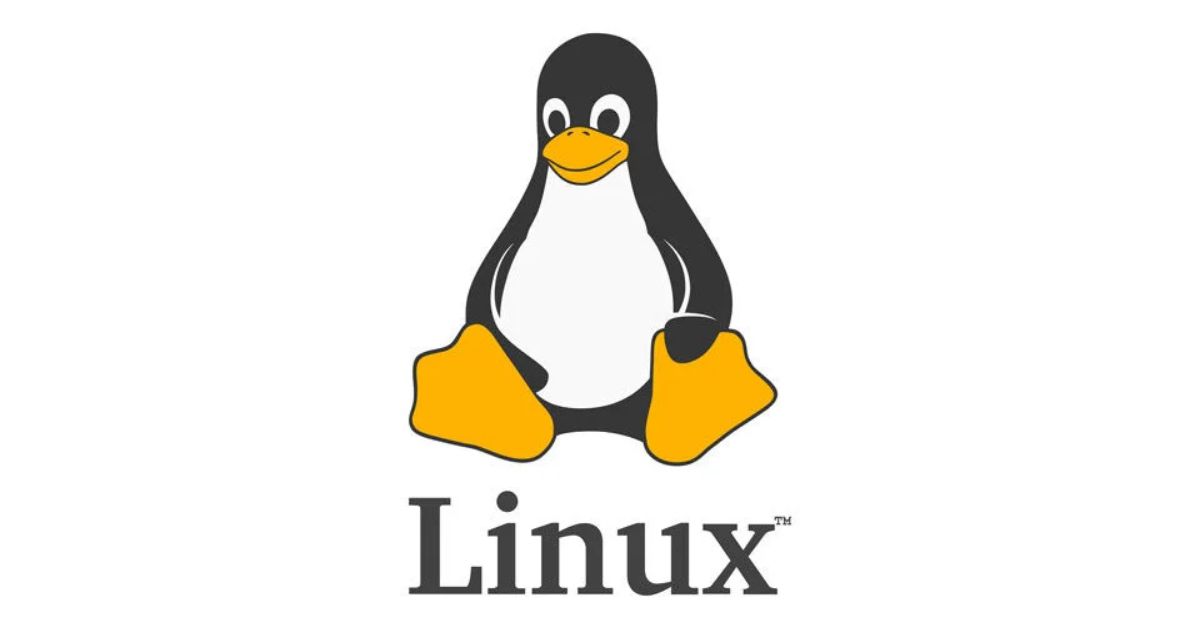In the ever-evolving landscape of operating systems, Linux has carved out a significant niche, poised for substantial growth in the coming decade. As of 2023, the Linux operating system market was valued at approximately USD 10.94 billion. Projections indicate a robust compound annual growth rate (CAGR) of 14.2% from 2024 to 2032, suggesting that the market will reach an impressive USD 36.14 billion by the end of this period.
Understanding Linux’s Appeal and Market Dynamics
Linux, renowned for its open-source nature and versatility, has garnered widespread adoption across various sectors, from enterprise servers to embedded systems and consumer devices. Its appeal lies in several key attributes:
- Open Source Foundation: Unlike proprietary operating systems, Linux is built on collaborative development where its source code is freely accessible and modifiable. This fosters innovation and customization, making it attractive for developers and organizations seeking flexibility.
- Cost Efficiency: With no licensing fees, Linux presents a cost-effective alternative, particularly advantageous for organizations managing large-scale deployments. This financial advantage extends to reduced maintenance costs and enhanced security through community-driven updates.
- Scalability and Adaptability: Linux’s modular design supports scalability across diverse hardware platforms, from IoT devices to supercomputers. Its adaptability to different environments, coupled with strong performance and stability, positions Linux as a preferred choice for mission-critical applications.
- Security and Reliability: The collaborative development model of Linux ensures rapid identification and resolution of security vulnerabilities. Its reputation for reliability underpins its adoption in environments demanding high uptime and data integrity.
Market Drivers and Trends
The projected growth of the Linux operating system market is driven by several factors:
- Cloud Computing Expansion: As enterprises increasingly migrate to cloud-based infrastructures, Linux emerges as a foundational component due to its compatibility with leading cloud platforms like AWS, Azure, and Google Cloud.
- Rise of IoT and Edge Computing: The proliferation of IoT devices and edge computing solutions relies heavily on lightweight, scalable operating systems like Linux, which can efficiently manage diverse hardware configurations and connectivity requirements.
- Demand in Emerging Economies: Developing regions are witnessing rapid digital transformation, with Linux offering a cost-effective solution for governments and businesses seeking to modernize their IT infrastructure without incurring prohibitive costs.
- Containerization and DevOps: Linux’s support for container technologies (e.g., Docker, Kubernetes) aligns with trends towards microservices architecture and DevOps practices, fostering agility and efficiency in software development and deployment.
Challenges and Future Outlook
While Linux continues to expand its footprint across industries, several challenges merit consideration:
- Fragmentation: The diversity of Linux distributions can lead to compatibility issues and complexity in managing heterogeneous environments. Standardization efforts and enterprise-grade support mitigate these challenges.
- Competition from Proprietary Solutions: Established proprietary operating systems maintain significant market presence, particularly in desktop computing and certain specialized sectors. Linux distributions like Ubuntu, Red Hat Enterprise Linux, and CentOS compete by emphasizing reliability, security, and cost efficiency.
Looking ahead, the Linux operating system market is poised for dynamic growth, underpinned by ongoing technological advancements and expanding use cases. The projected CAGR of 14.2% signifies sustained momentum, driven by increasing adoption in cloud computing, IoT, and enterprise applications worldwide. As organizations prioritize flexibility, cost-effectiveness, and security in their IT strategies, Linux stands ready to meet these evolving demands, shaping the future of computing infrastructure across the globe.
Key Drivers of Market Expansion
Several factors are driving the expansion of the facial cleanser market:
- Increasing Skincare Awareness – Consumers are becoming more knowledgeable about the importance of a proper skincare regimen, which includes the use of facial cleansers to maintain healthy and clear skin. This awareness is largely driven by social media influencers, dermatologists, and beauty experts who advocate for the benefits of using facial cleansers.
- Rising Demand for Natural and Organic Products – The trend towards natural and organic skincare products is gaining momentum. Consumers are increasingly opting for facial cleansers made with natural ingredients, free from harmful chemicals, and eco-friendly. This shift is encouraging manufacturers to innovate and introduce products that cater to this growing demand.
- Expansion of E-commerce Platforms – The proliferation of e-commerce platforms has made it easier for consumers to access a wide range of facial cleansers. Online retail offers the convenience of browsing through various brands and product types, coupled with the benefit of home delivery, making it a preferred shopping method for many.
- Technological Advancements in Skincare – Technological advancements in the skincare industry have led to the development of advanced facial cleansers with enhanced efficacy. Features such as deep cleansing, anti-aging properties, and suitability for various skin types are becoming standard, attracting a broader consumer base.
- Personalized Skincare Solutions – The increasing trend towards personalized skincare solutions is another factor contributing to market growth. Consumers are seeking products tailored to their specific skin types and concerns. Brands that offer customized facial cleansers, often through online quizzes or consultations, are gaining traction.
